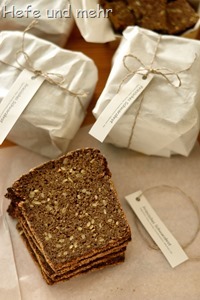 The very first suggestion I got for the post series “regional bread” was East Frisian Black Bread. As I already wrote a recipe for the magazine “Ö” I needed another variant – and decided to create a new recipe using sun flower seeds and coarse rye in a soaker. A bigger batch of sugar beet syrup makes the crumb darker and adds a subtle sweetness to the sour flavour notes from the sourdough.
The very first suggestion I got for the post series “regional bread” was East Frisian Black Bread. As I already wrote a recipe for the magazine “Ö” I needed another variant – and decided to create a new recipe using sun flower seeds and coarse rye in a soaker. A bigger batch of sugar beet syrup makes the crumb darker and adds a subtle sweetness to the sour flavour notes from the sourdough.
It is a very aromatic black bread, and the soaker helps to create a moist crumb. Cut in slices and wrapped in paper I took it with me to the food swap “Schwarzmarkt” in cologne. A attentive reader maybe already noticed that I used the food swap to bake a big batch of different rye breads. It was a good opportunity to bake a lot of rye breads without suffering from my sensibility to rye. and to provide you, my dear reader, a new batch of rye recipes. This is for me another advantage of this great Swap.

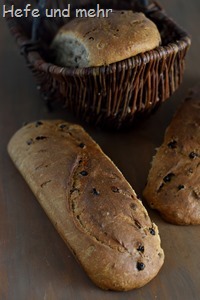 I’m totally thrilled about all the little jewels I meet in range of my “regional bread” series. From
I’m totally thrilled about all the little jewels I meet in range of my “regional bread” series. From 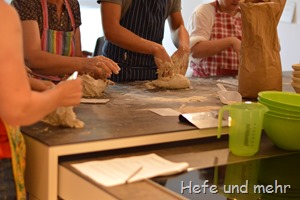 Done! The first two bread baking courses are lying behind us.
Done! The first two bread baking courses are lying behind us.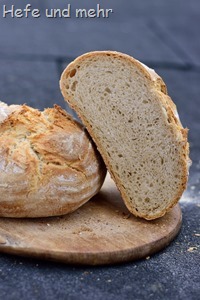 The second bread for my regional bread collection is one I know well: a crusty bread from the rhineland, called “Rheinisches Krustenbrot”.
The second bread for my regional bread collection is one I know well: a crusty bread from the rhineland, called “Rheinisches Krustenbrot”.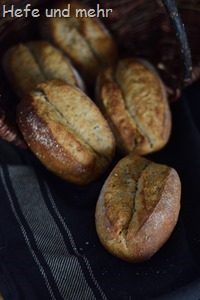 Finally I can post the first recipe in the upcoming post series of “regional breads” and can tell you how I came to this idea.
Finally I can post the first recipe in the upcoming post series of “regional breads” and can tell you how I came to this idea.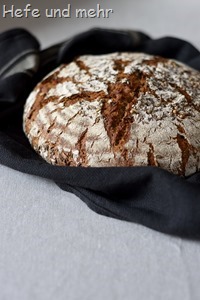 I was asked more than once to publish a sourdough rye bread recipe for the “Bread baking for Beginners” post series. I hesitated as a rye bread is not so easy to handle as a wheat one and to know when a pure sourdough loaf is ready to bake needs some experience. But with the
I was asked more than once to publish a sourdough rye bread recipe for the “Bread baking for Beginners” post series. I hesitated as a rye bread is not so easy to handle as a wheat one and to know when a pure sourdough loaf is ready to bake needs some experience. But with the